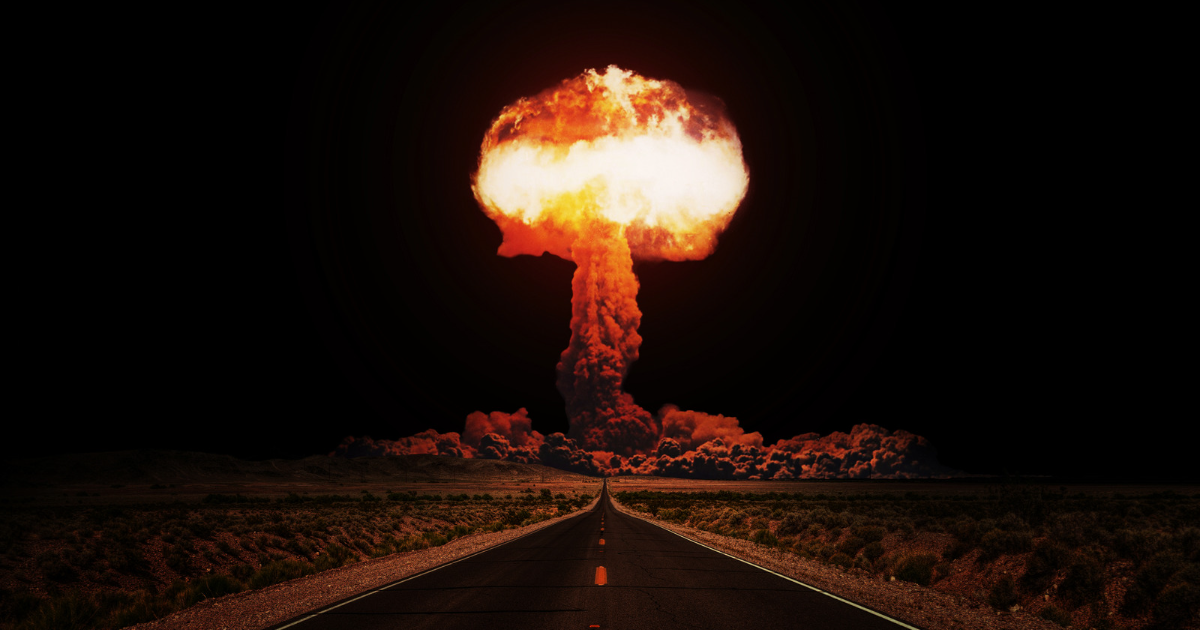Explore the evolution of nuclear weapons, from their early development in the 20th century to the present-day challenges and future prospects.
Discover the fascinating history of nuclear weapons, from their inception in the early 20th century to the present-day concerns and future possibilities. Nuclear weapons have shaped the global landscape, influencing international politics and security for decades. Understanding their development, the Cold War race, and the current state of nuclear affairs is crucial in comprehending the global dynamics at play. With an estimated 13,400 nuclear warheads in existence today, the risks and potential consequences associated with these weapons demand our attention and concerted efforts towards disarmament and nonproliferation. Let's delve into the comprehensive history of nuclear weapon development and explore the statistics and facts that underscore their importance in the world today.
The Early Years:
The story of nuclear weapons begins in the early 20th century when scientists began unraveling the mysteries of nuclear fission and fusion. In 1938, German scientists Otto Hahn and Fritz Strassmann made a groundbreaking discovery, revealing that uranium could be split into smaller atoms, unleashing an immense amount of energy. This revelation paved the way for the development of the atomic bomb, culminating in its first successful test by the United States in 1945.
The Cold War:
The development of nuclear weapons gained unprecedented momentum during the Cold War as the United States and the Soviet Union engaged in a fierce competition for nuclear superiority. Both nations amassed substantial nuclear stockpiles, heightening the specter of nuclear warfare. The Cuban Missile Crisis of 1962 epitomized the intense standoff between these superpowers, pushing the world perilously close to the brink of nuclear catastrophe. Thankfully, a peaceful resolution was ultimately reached, averting the immediate danger of all-out war.
The Post-Cold War Era:
Following the end of the Cold War, the number of nuclear weapons worldwide began to decline. Nevertheless, several countries, including the United States, Russia, China, France, and the United Kingdom, continue to maintain significant nuclear arsenals. The persistent threat of nuclear war underscores the urgent need for further disarmament efforts. Despite some progress, achieving a world free of nuclear weapons remains an ongoing challenge.
Recent Developments:
In recent years, the field of nuclear weapons has witnessed notable developments. In 2017, North Korea conducted a series of provocative nuclear tests, sparking global concerns over the country's nuclear ambitions. Subsequently, in 2018, North Korean leader Kim Jong-un engaged in diplomatic negotiations with U.S. President Donald Trump, seeking a deal on denuclearization. However, progress has been slow, and North Korea continues to pursue its nuclear weapons program.
The Future of Nuclear Weapons:
The future of nuclear weapons is riddled with uncertainty. Some experts assert that the risk of nuclear war is diminishing, while others maintain that the threat is escalating. Advancements in technologies like hypersonic missiles add an additional layer of complexity and could potentially increase the likelihood of nuclear conflict. Nevertheless, ongoing international efforts are underway to reduce nuclear stockpiles and curb the proliferation of nuclear weapons technology. The path ahead will be shaped by the choices made by nations across the globe.
Conclusion:
Nuclear weapons have left an indelible mark on human history, forever altering the geopolitical landscape. Understanding their origin, the Cold War arms race, and the challenges of the present-day nuclear scenario is crucial in promoting global peace and security. With approximately 13,400 nuclear warheads in existence today, the stakes are high, and the consequences of their use are devastating. It is incumbent upon us to remain informed, advocate for disarmament, and work towards preventing the proliferation of nuclear weapons. By fostering international cooperation and dialogue, we can strive towards a world free of the threats posed by nuclear weapons, ensuring a safer and more peaceful future for all of humanity.
